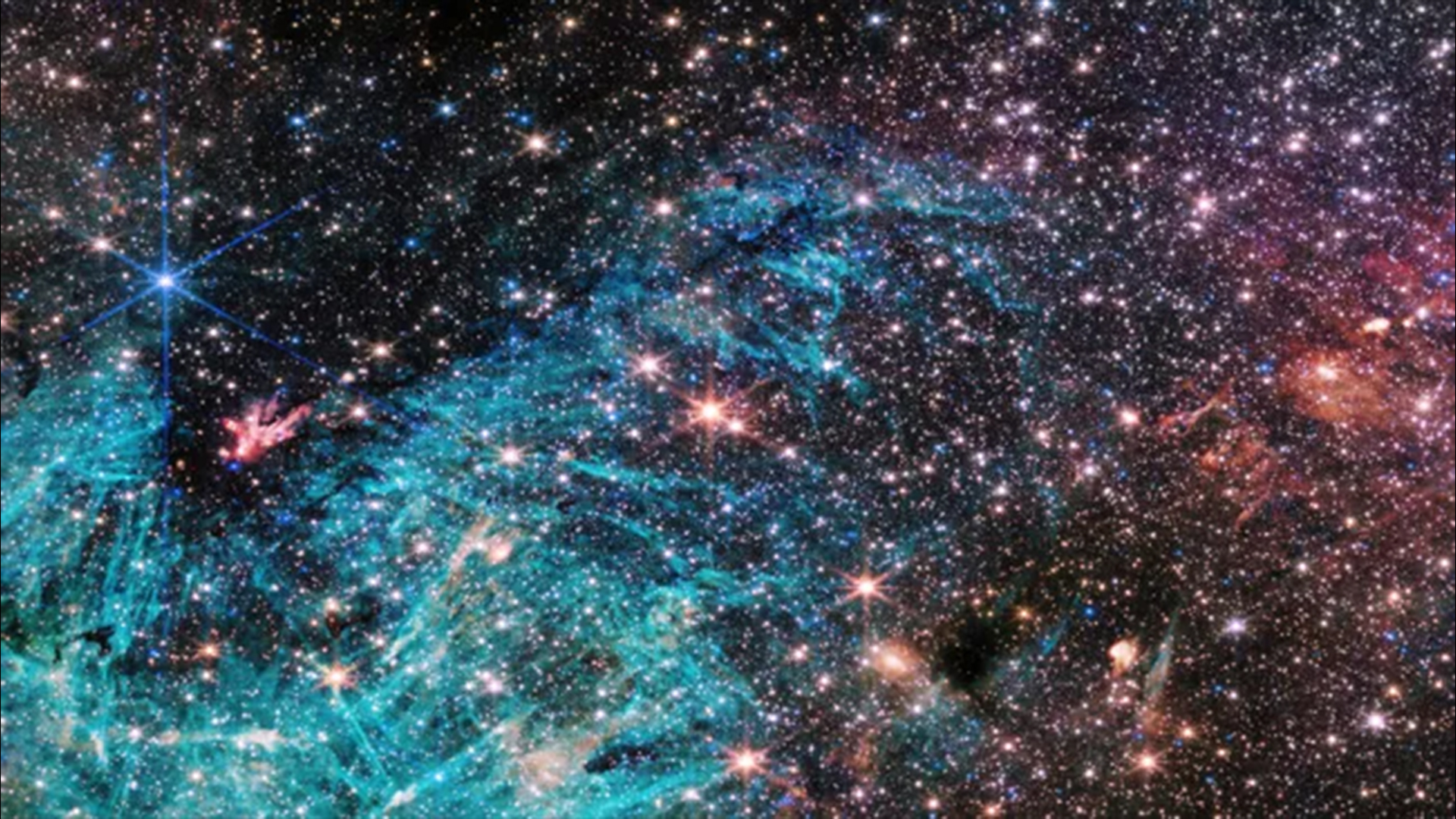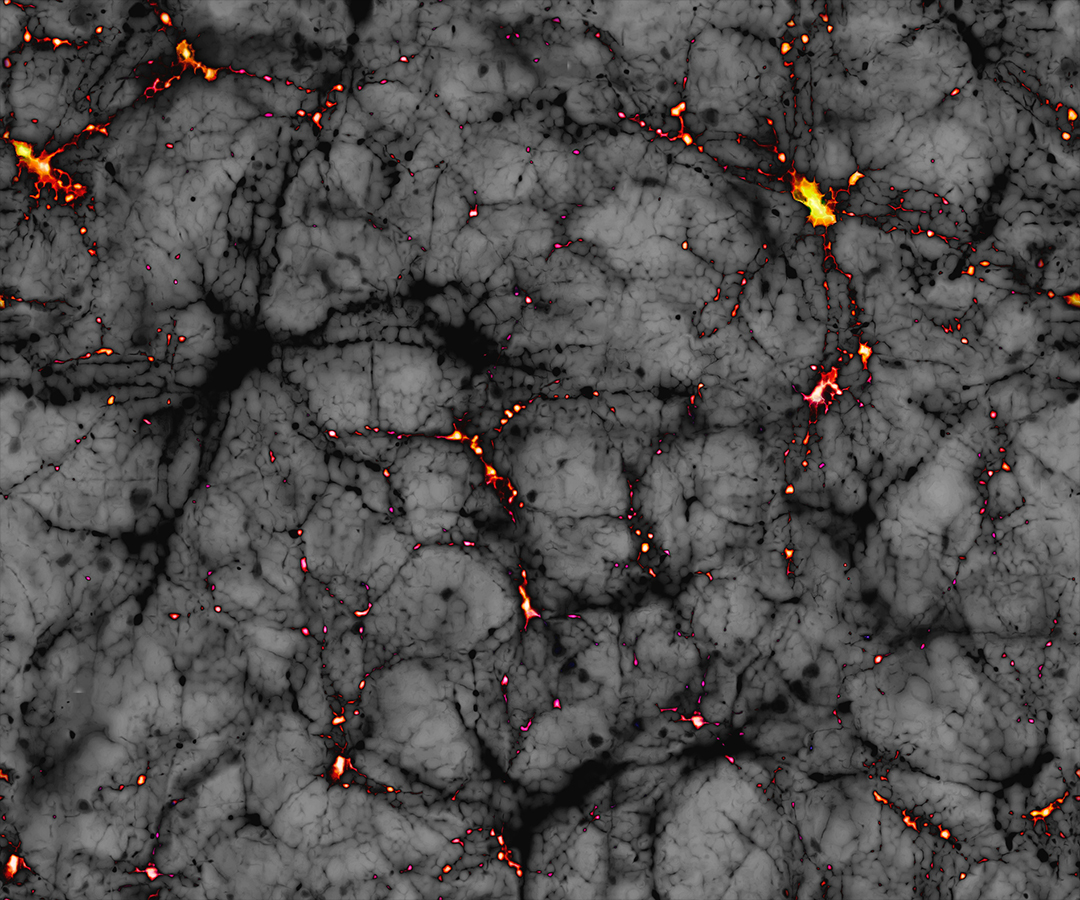'Emergent gravity' could force us to rewrite the laws of physics
The idea of emergent gravity is still new and requires a lot of assumptions in its calculations to make it work. But if experimental evidence ever proves it real, we would need to totally rewrite the laws of physics.

In 2009, theoretical physicist Erik Verlinde proposed a radical reformulation of gravity. In his theory, gravity is not a fundamental force but rather a manifestation of deeper hidden processes. But in the 15 years since then, there hasn't been much experimental support for the idea. So where do we go next?
Emergence is common throughout physics. The property of temperature, for example, isn't an intrinsic property of gases. Instead, it's the emergent result of countless microscopic collisions. We have the tools to match those microscopic collisions to temperature; indeed, there is an entire branch of physics, known as statistical mechanics, that makes these connections known.
In other areas, the connections between microscopic behaviors and emergent properties aren't so clear. For example, while we understand the simple mechanisms behind superconductivity, we do not know how microscopic interactions lead to the emergence of high-temperature superconductors.
Verlinde's theory is based on what Stephen Hawking and Jacob Bekenstein observed in the 1970s: Many properties of black holes can be expressed in terms of the laws of thermodynamics. However, the laws of thermodynamics are themselves emergent from microscopic processes. To Verlinde, this was more than a mere coincidence and indicated that what we perceive as gravity may be emerging from some deeper physical process.
Related: There may be a 'dark mirror' universe within ours where atoms failed to form, new study suggests
In 2009, he published the first version of his theory. Crucially, we do not need to know what those deeper processes are, since we already have the tool kit — statistical mechanics — for describing emergent properties. So Verlinde applied these techniques to gravity and arrived at an alternate formulation of gravity. And because gravity is also tied to our concepts of motion, inertia, space and time, this means our entire universe is also emergent from those same deeper processes.
At first, not much came of this; rewriting a known law of physics, while interesting, doesn't necessarily provide deeper insights. But in 2016, Verlinde expanded his theory by discovering that a universe containing dark energy naturally leads to a new emergent property of space, thus allowing it to push inward on itself in regions of low density.
Sign up for the Live Science daily newsletter now
Get the world’s most fascinating discoveries delivered straight to your inbox.

This discovery led to a flurry of excitement, as it provided an alternative explanation for dark matter. Currently, astronomers believe that dark matter is a mysterious, invisible substance that makes up the bulk of all the mass of every galaxy. While that hypothesis has been able to explain a vast wealth of observations, from the rotation rates of stars within galaxies to the evolution of the largest structures in the cosmos, we have yet to identify the mysterious particle.
In Verlinde's picture of emergent gravity, as soon as you enter low-density regions — basically, anything outside the solar system — gravity behaves differently than we would expect from Einstein's theory of general relativity. At large scales, there is a natural inward pull to space itself, which forces matter to clump up more tightly than it otherwise would.
This idea was exciting because it allowed astronomers to find a way to test this new theory. Observers could take this new theory of gravity and put it in models of galaxy structure and evolution to find differences between it and models of dark matter.
Over the years, however, the experimental results have been mixed. Some early tests favored emergent gravity over dark matter when it came to the rotation rates of stars. But more recent observations haven't found an advantage. And dark matter can also explain much more than galaxy rotation rates; tests within galaxy clusters have found emergent gravity coming up short.
This isn't the end of emergent gravity. The idea is still new and requires a lot of assumptions in its calculations to make it work. Without a fully realized theory, it's hard to tell if the predictions it makes for the behavior of galaxies and clusters accurately represent what emergent gravity would tell us. And astronomers are still trying to develop more stringent tests, like using data from the cosmic microwave background, to really put the theory through its paces.
Emergent gravity remains an intriguing idea. If it's correct, we would have to radically reshape our understanding of the natural world and see gravity and motion — and even more fundamental concepts, like time and space — through a lens of emergence from deeper, more complicated interactions. But for right now, it remains simply an intriguing idea. Only time and extensive observational testing will tell us if we're on the right track.
Originally posted on Space.com.

Paul M. Sutter is a research professor in astrophysics at SUNY Stony Brook University and the Flatiron Institute in New York City. He regularly appears on TV and podcasts, including "Ask a Spaceman." He is the author of two books, "Your Place in the Universe" and "How to Die in Space," and is a regular contributor to Space.com, Live Science, and more. Paul received his PhD in Physics from the University of Illinois at Urbana-Champaign in 2011, and spent three years at the Paris Institute of Astrophysics, followed by a research fellowship in Trieste, Italy.











